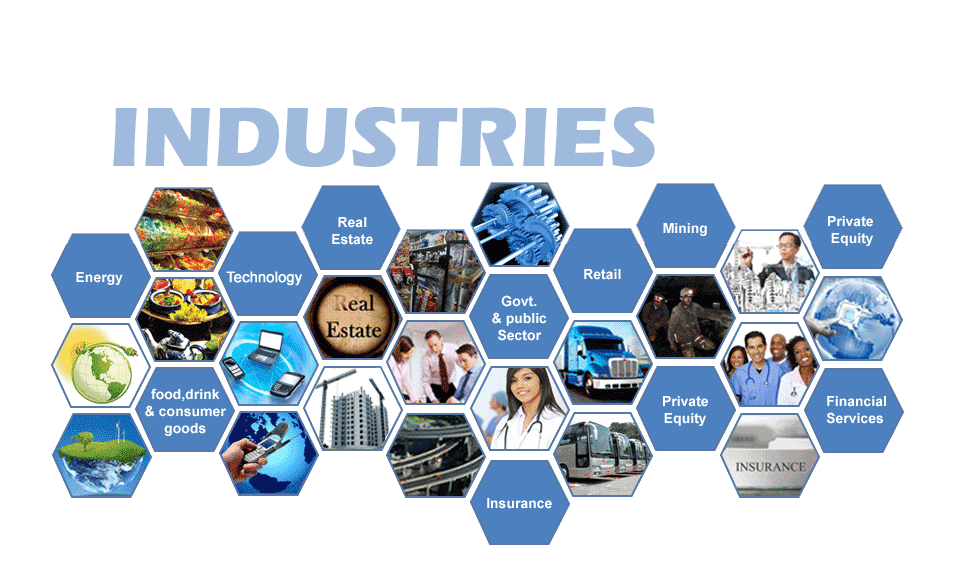
echnology is transforming industries worldwide, driving efficiency, innovation, and enhanced customer experiences. Below is an overview of how technology is used across various industries:
1. Healthcare
- Telemedicine: Virtual consultations enable remote diagnosis and treatment.
- Wearable Devices: Fitness trackers and medical devices monitor health metrics like heart rate, blood pressure, and glucose levels.
- AI Diagnostics: AI algorithms analyze medical images and data for early disease detection (e.g., cancer screenings).
- Robotic Surgery: Robots assist surgeons in performing precise and minimally invasive procedures.
- Electronic Health Records (EHRs): Digitized patient records improve accessibility and data sharing among healthcare providers.
2. Education
- E-Learning Platforms: Tools like Google Classroom and Coursera facilitate online learning.
- Virtual Reality (VR): Creates immersive learning experiences, such as virtual science labs or historical site tours.
- AI Tutors: Adaptive learning systems personalize education based on student progress.
- Gamification: Game-based learning apps make education engaging and interactive.
- Administration Tools: Automates tasks like attendance tracking, grading, and communication with parents.
3. Retail
- E-Commerce Platforms: Websites and apps like Amazon and Shopify provide global access to products.
- AI-Powered Recommendations: Analyzes customer data to suggest personalized products.
- Contactless Payments: Technologies like NFC (e.g., Apple Pay, Google Pay) simplify transactions.
- Inventory Management: IoT sensors track stock levels and automate reordering.
- Augmented Reality (AR): Virtual try-ons for clothes, glasses, or furniture enhance online shopping.
4. Manufacturing
- Industrial IoT (IIoT): Sensors monitor equipment, enabling predictive maintenance and reducing downtime.
- Automation and Robotics: Machines handle repetitive tasks, increasing efficiency and precision.
- 3D Printing: Prototypes and end-products are manufactured quickly and cost-effectively.
- Digital Twins: Virtual replicas of physical systems help optimize manufacturing processes.
- Supply Chain Management: Blockchain and AI improve transparency and efficiency in logistics.
5. Agriculture
- Smart Farming: IoT sensors monitor soil moisture, weather conditions, and crop health.
- Drones: Perform aerial surveys for crop monitoring and spraying pesticides or fertilizers.
- Automated Machinery: Tractors and harvesters equipped with GPS optimize farming tasks.
- Vertical Farming: LED technology and hydroponics enable sustainable urban farming.
- Predictive Analytics: AI forecasts weather and crop yields to guide farming decisions.
6. Finance and Banking
- Mobile Banking: Apps provide 24/7 access to accounts and services.
- AI Chatbots: Assist customers with queries and transactions in real time.
- Fraud Detection: AI and machine learning algorithms monitor transactions to detect and prevent fraud.
- Blockchain: Ensures secure and transparent transactions in cryptocurrencies and digital contracts.
- Robo-Advisors: Automated financial advisors provide personalized investment strategies.
7. Transportation and Logistics
- Autonomous Vehicles: Self-driving cars and trucks are reducing reliance on human drivers.
- IoT Tracking: GPS and sensors monitor cargo location and condition in real time.
- Ride-Sharing Apps: Platforms like Uber and Lyft connect passengers with drivers.
- Electric Vehicles (EVs): Reduce environmental impact with innovations like Tesla’s EVs.
- Traffic Management Systems: AI analyzes traffic patterns to optimize flow and reduce congestion.
8. Entertainment and Media
- Streaming Platforms: Services like Netflix and Spotify use AI to recommend content.
- Virtual Reality (VR): Immersive gaming and virtual concerts enhance user experiences.
- Content Creation Tools: AI generates music, art, and videos with minimal human input.
- Social Media: Platforms like Instagram and TikTok engage users with innovative features like AR filters.
- Big Data Analytics: Tracks viewer preferences to optimize content production and marketing.
9. Construction and Real Estate
- Building Information Modeling (BIM): 3D modeling enhances architectural planning and construction.
- Drones: Survey construction sites and monitor project progress.
- Smart Buildings: IoT devices control lighting, HVAC, and security systems for efficiency.
- Virtual Tours: AR and VR enable remote property viewing.
- Robotics: Automated machines perform tasks like bricklaying and concrete pouring.
10. Energy and Utilities
- Smart Grids: IoT-enabled grids optimize energy distribution and reduce wastage.
- Renewable Energy Technologies: Solar panels, wind turbines, and battery storage systems.
- Energy Management Systems: AI predicts energy demand and optimizes usage.
- Electric Vehicle (EV) Infrastructure: Charging stations and smart grids integrate with EVs.
- Carbon Tracking: Tools help industries monitor and reduce carbon emissions.
11. Hospitality and Tourism
- Online Booking Platforms: Apps like Booking.com and Airbnb streamline reservations.
- AI Chatbots: Assist customers with travel planning and inquiries.
- Smart Hotel Rooms: IoT controls lighting, temperature, and entertainment systems.
- Virtual Tours: 360-degree videos and AR showcase destinations before booking.
- Personalized Marketing: AI analyzes preferences to recommend travel packages.
12. Defense and Aerospace
- Drones: Used for surveillance, search-and-rescue, and combat missions.
- Cybersecurity Systems: Protect sensitive military networks from cyberattacks.
- Satellite Technology: Enables global communication, navigation, and intelligence gathering.
- AI and Autonomous Systems: Enhance decision-making in complex operations.
- Simulators: VR and AR train personnel for combat and emergency situations.
Conclusion
Technology has become a transformative force in nearly every industry, enhancing productivity, innovation, and sustainability. The continuous evolution of technologies like AI, IoT, blockchain, and renewable energy ensures that their influence will only grow, driving new opportunities and reshaping industries.




